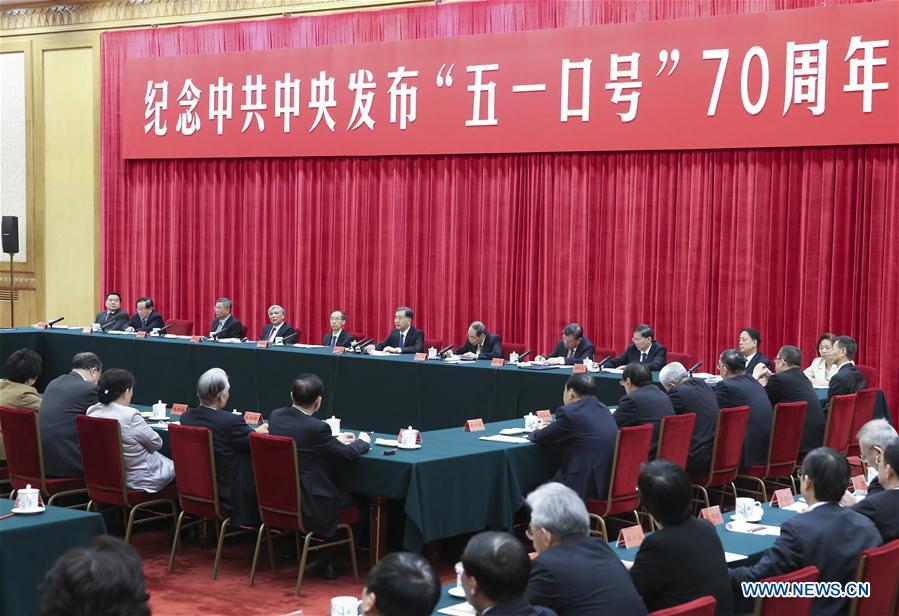China's party system offers wisdom for today's world
Xinhua | Updated: 2018-04-29 21:23

BEIJING -- In the history of China's modern democratic politics, a call issued by the Communist Party of China (CPC) 70 years ago still deserves attention today.
During its fight against the politics of dictatorship and civil war, the CPC Central Committee issued the "May 1 Slogans" on April 30, 1948, calling on non-Communist parties, as well as people without party affiliation, to convene a political consultative conference and establish a democratic coalition government.
The slogans received an ardent response. Non-Communist parties and people without party affiliation declared that they were willing to work to build a New China under the leadership of the CPC.
They finally won. The first Chinese People's Political Consultative Conference (CPPCC) was convened on the eve of the founding of the People's Republic of China in 1949. A system of multiparty cooperation and political consultation led by the CPC was established.
The system stresses both the CPC leadership and socialist democracy, featuring political consultation, participation in the deliberation of state affairs, and democratic supervision. Non-Communist parties and people without party affiliation act as good consultants, aides, and colleagues alongside the CPC while improving their consultation capabilities.
It is a new type of party system, growing from China's soil and fit for China's reality. For a country with a land area of over 9.6 million square kilometers and a population made up of 56 ethnic groups, the system works.
The system represents the fundamental interests of all people and fulfills their aspiration, avoiding the defects of old-fashioned party systems that represent only a select few or vested interests.
The system unites all political parties and people without party affiliation toward a common goal, thus effectively preventing both flaws from the absence of oversight under one-party rule and the power rotation and nasty competition that arises among multiple political parties.
It pools ideas and suggestions and steers away from another weakness of the old-fashioned party system, in which decision making and governance, confined by interests of different political parties, classes, regions and groups, tear society apart.
Facts prove the system is bestowed with enormous vitality, with its values manifested in political participation, expression of interests, social integration, democratic supervision and maintenance of stability.h As noted by Wan Exiang, chairman of the Central Committee of the Revolutionary Committee of the Chinese Kuomintang, the new type of party system is a great political invention by the CPC, the Chinese people as well as non-Communist parties and people without party affiliation. As an important component of socialism with Chinese characteristics, the system has demonstrated its "unique political and institutional advantage."
As the Chinese people have learned, only a system deeply rooted and fully nurtured in the country's own soil is trustworthy and will serve the people's interests.
This lesson should be shared with the rest of the world, in which we have seen the wrong choice of political development path leads to social unrest, national disruption, and the fall of governments in some countries.
The party system is not an ornament to be used for decoration. It should be used to solve the problems that the people want to solve.
Seventy years after the issuance of the "May 1 Slogans," China is striving for national rejuvenation. One of the concrete goals is to build China into a great modern socialist country by the middle of the century.
The new type of party system is expected to play a big role in this cause and show the world that there is more than one model of democracy that can produce good governance. China's example just shows alternatives exist.
























